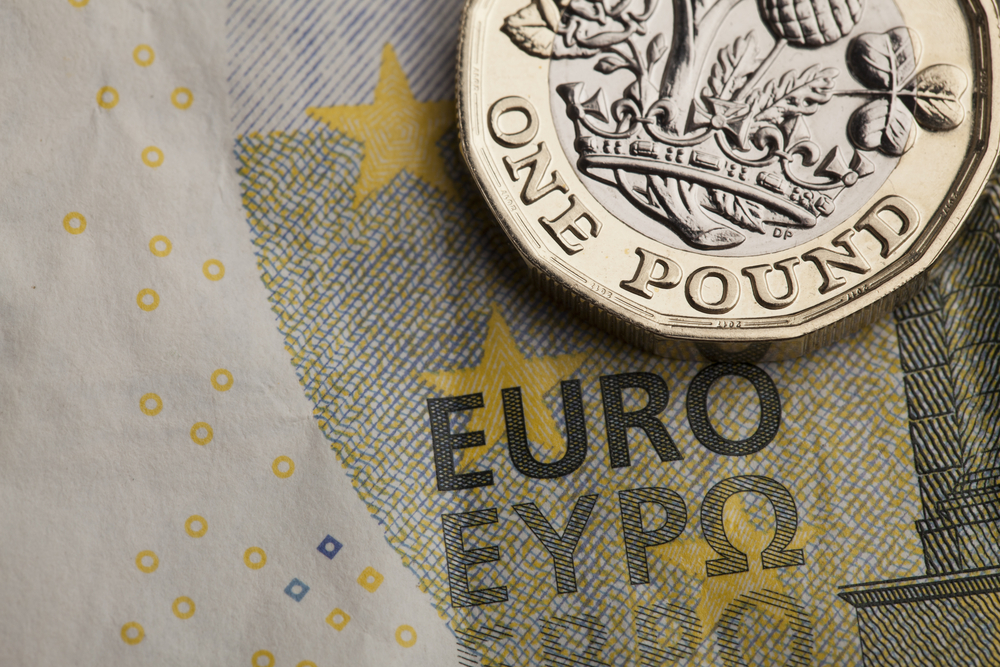
Both the single European currency and the British pound found themselves sliding on Monday and into Tuesday after a series of developments appeared to leave investors worried.
The British pound is suffering heavily under the weight of ongoing political issues.
Boris Johnson, the country’s Prime Minister, has repeatedly promised that he will take the country out of the European Union without a deal on 31st October if necessary.
However, a group including some of his own Conservative MPs are backing a bill introduced by an opposition Labour MP which is designed to prevent that from happening.
Despite being threatened by Johnson with deselection from their parliamentary seats unless they back him, these MPs appear to be going ahead – leading to Johnson claiming that a general election will need to be held.
The vote takes place this afternoon.
The pound has not reacted well to the news.
It was first seen down by 0.7% against the US dollar, reaching $1.1963 at one stage.
At one point it fell to $1.1959, which represented its lowest position since October 2016.
According to reports in the British press, there is some possibility that the pound will be down to its lowest closing point in over 30 years when it finishes up today.
The other main loser in the foreign exchange markets over the course of Monday and into Tuesday was the single European currency.
It reached its lowest point in 28 months compared to the US dollar on Tuesday, reaching $1.09305 at one stage during early trading.
Many economic developments contributed to this.
The main one is a prediction by the money markets that the European Central Bank would create a huge new stimulus package designed to jolt the European economy into life.
This came after worries about Germany’s economy, which is thought to be suffering under the effect of manufacturing problems.
Europe-wide data has also not been friendly to the currency.
Manufacturing levels across the continent have been falling for seven months in a row, according to data published earlier in the week.
The European Central Bank will meet next week and is expected to announce a rate cut of 20 basis points.
Aside from these two major currencies, the offshore Chinese yuan saw a modest rise of 0.1% over the course of the day.
It was seen at 7.1865 in its pair against the US dollar, having reached a low point of 7.1975 at one stage.
Its previous low came after news emerged that representatives of both its government and the US government were unable to work out a comprehensive plan for talks aimed at resolving the trade deadlock between the two countries.
The US dollar index, which tracks how the greenback is performing compared to many other currencies from around the world, was seen up by just over a quarter of a percentage point at 99.082.
This came despite the fact that the US markets were closed due to the Labor Day holiday on Monday and was largely fuelled by problems elsewhere.
 Between 74-89% of CFD traders lose
Between 74-89% of CFD traders lose  Your capital is at risk
Your capital is at risk  Your capital is at risk
Your capital is at risk  Your capital is at risk
Your capital is at risk